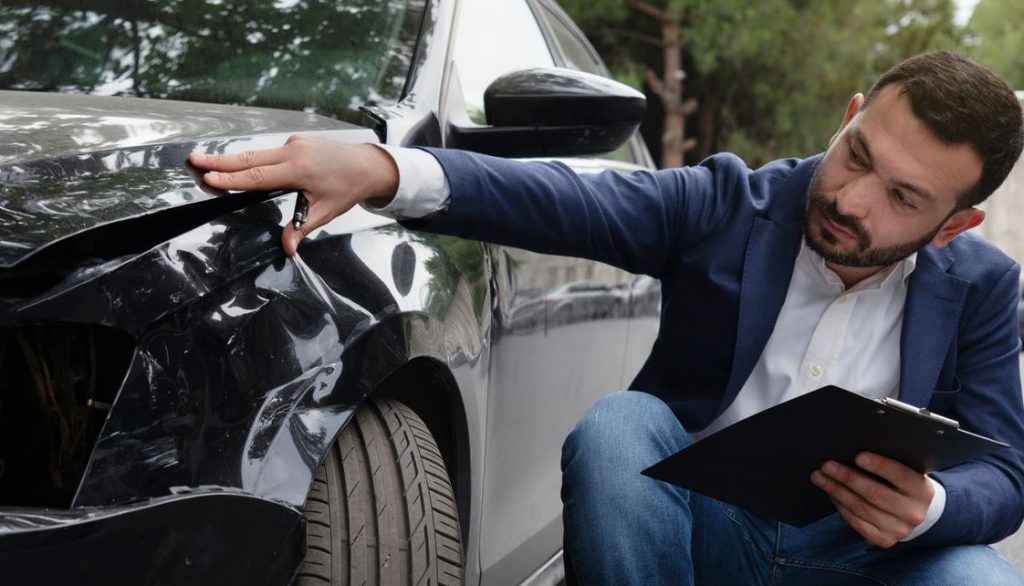Accidents involving commercial vehicles can be a stressful and overwhelming experience, but knowing what to do in the aftermath can make all the difference. The moments following a commercial vehicle accident are crucial, as they can impact the outcome of any legal or insurance claims.
While your safety should always be the priority, understanding the key steps to take afterward can help protect your rights, ensure proper documentation, and set you up for success in resolving the situation. Below are the key steps to take after a commercial vehicle accident to help you navigate the aftermath effectively:
1. Ensure Everyone’s Safety
The first and most important step after a commercial vehicle accident is ensuring everyone involved is safe. Check yourself, your passengers, and others at the scene for injuries. If anyone is injured, call emergency services immediately.
Try to stay calm and avoid moving anyone who may be severely injured unless there is an immediate danger, such as a fire or ongoing traffic hazard. Ensuring the safety of everyone involved sets the tone for the rest of the process and ensures the well-being of all parties.
Tip: While waiting for emergency responders, make sure to turn on your hazard lights to alert other drivers to the accident. This helps prevent additional accidents, especially on busy highways or poorly lit roads.
2. Call the Police
Even if the accident seems minor, it’s important to call the police. A police report provides an official record of the accident, which can be crucial for insurance claims and any legal matters that may follow. The police will document the scene, gather statements from witnesses, and help sort out who was at fault. This report can be a key piece of evidence if you need to file a claim or pursue legal action.
Tip: When speaking with the police, stick to the facts and avoid admitting fault or speculating on the cause of the accident. Let the authorities investigate and determine the facts. Request a copy of the police report for your records.
3. Document the Scene
Thorough documentation is essential to any claim or legal proceedings after a commercial vehicle accident. Take detailed photos of the scene, including the damage to all vehicles involved, the surrounding area, and any visible injuries. Capture close-up shots of any debris, skid marks, or traffic signs that could help illustrate the circumstances of the accident. If possible, record witness statements, as their input can help clarify what happened.
Tip: Use your smartphone or a camera to take as many photos as possible. If you’re not sure what to capture, focus on the damages, the road conditions, and any relevant environmental factors. Also, write down the names and contact details of any witnesses who may be able to support your case.
4. Consult with a Commercial Vehicle Lawyer
Accidents involving commercial vehicles can be complex, especially when dealing with large companies, insurance policies, and potential liability issues. Consulting with a commercial vehicle lawyer can help you navigate these complexities. A lawyer will assess the situation, ensure your rights are protected, and help you pursue compensation for damages, medical expenses, and lost wages if necessary. They can also help determine if you have grounds to file a lawsuit or if a settlement is more appropriate.
Tip: When selecting a lawyer, look for someone experienced in handling commercial vehicle accident cases. Their expertise can make a significant difference in how your case is handled and the outcome of your claim.
5. Contact Your Insurance Company
Notifying your insurance company as soon as possible is crucial after any accident. Make sure to report the incident promptly and provide them with all the details, including the police report, documentation, and any other relevant information. Your insurance company will guide you through the claims process and inform you of the coverage that may apply in your case.
Tip: Be honest and clear about the events surrounding the accident, but don’t offer too much detail at this stage. The claims adjuster will likely ask for more details once the investigation begins. It’s also wise to avoid accepting fault or making assumptions about who is responsible for the accident until the facts are clear.
6. Follow Up with Medical Treatment
Even if you feel fine immediately after the accident, it’s essential to seek medical attention as soon as possible. Some injuries, such as whiplash, concussions, or soft tissue injuries, may not be immediately apparent but can cause long-term problems if untreated. A doctor will assess your condition, document your injuries, and provide treatment recommendations. This is important not only for your health but also for supporting any claims or legal action you may pursue.
Tip: Keep detailed records of all your medical treatments, including doctor’s visits, tests, prescriptions, and rehabilitation. These records can be important for proving the extent of your injuries and any associated costs.
Final Thoughts
In the aftermath of a commercial vehicle accident, your safety and well-being should always come first. By following these six key steps, you can ensure that your rights are protected and that you’re on the right path to recovery. The right approach can significantly impact the outcome of any claims or legal proceedings, helping you to move forward with confidence.


